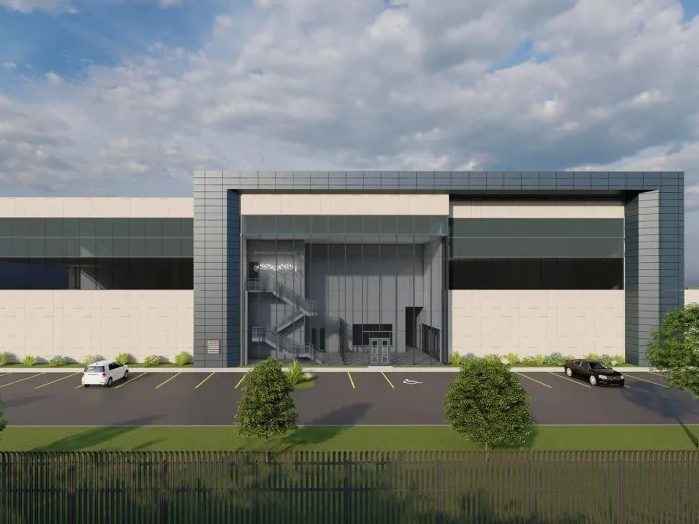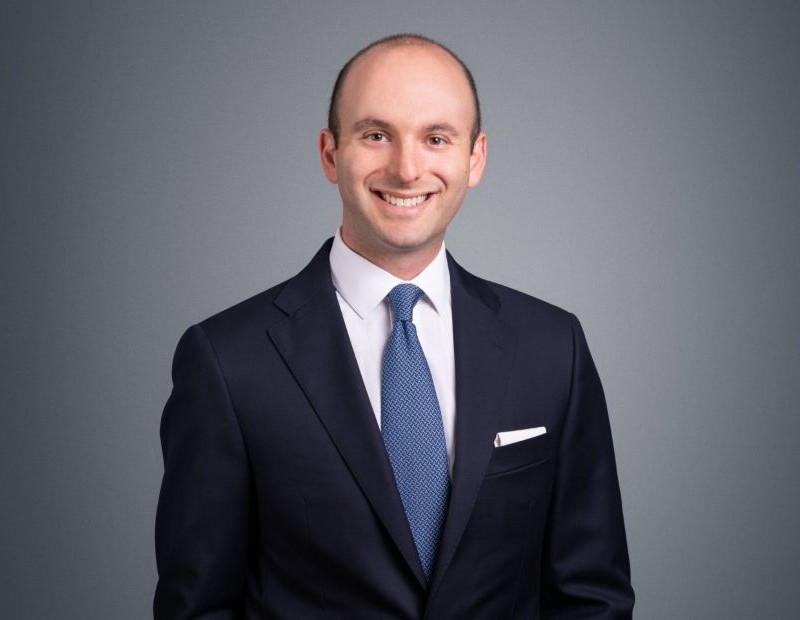In CRE Finance, Motivation Has Replaced Procrastination
A busy summer portends an active second half, writes Gantry's Michael Heagerty.

Evaluating the mysteries of the market is often an imperfect science that requires analyzing for the tone, tenor and pace of what will drop next. Despite the challenges of the first half of 2025 in commercial real estate finance, it now seems the market tone is clear and the tenor-motivated, with transaction pace increasing at a steady clip.
After more than 30 years at the intersection of new loan originations and servicing for billions of commercial real estate financings, Gantry has yet to see a busier July for new loan production than in 2025.
Normally, July and early August is a time dedicated to vacation schedules, assessing midyear performance, catching up on neglected to-do lists and preparing for the fall as the pace of business slows down coming out of June through to summer’s end. Yet here we are, busier than ever.
LIKE THIS CONTENT? Subscribe to the CPE Capital Markets Newsletter
Lenders are underwriting and borrowers are actively engaging. While Treasury yields are heading in a positive direction for CRE again, the motivators to transact are building momentum, and clarity on timing is beginning to emerge from the uncertainties of recent months. This has in no way been a typical cycle. Its root causes are in massive shifts of public policy, not from market forces requiring a public policy response. So, if norms and conventions are shifting, here are some thoughts on the current market and where we are heading from where we stand today.
Procrastination no more
The economic uncertainties of the past six months and the return of rate volatility after a period of improving Treasury benchmarks led to procrastination as market participants reacted with a wait-and-see attitude. The problem has not been one of debt liquidity and loan availability but more avoiding rate acceptance and the new cost of capital. In some ways, this is a byproduct of a market that, before COVID and the subsequent costs of recovery, had gone a decade without the chaos of an upending cycle shift. Caution in the face of new uncertainties can be a rational response to so much change and so many unknowns.
But the hesitation that began prior to the 2024 election definitely shifted in July 2025 with a more than 50 percent increase in rate locks for new loans over June, an untraditional swap of timing from borrowers normally more active in June or September. “Delay no more” is the new refrain for summer.
The why? In one word: maturities. The push by lenders to end the era of “extend and pretend” has put more pressure on maturities, requiring action and creating opportunities. This year’s sizable wave of maturities now includes a multitude of extensions granted over recent years. While yields on the 10-year are currently improving, a further drop to below 4 percent will require significant adjustment. The decision to refinance or sell is getting harder and harder to table.
For performing assets, it was the general hope that rates would improve and that led to delayed action, an approach that ultimately forced many to refinance loans into less attractive outcomes over the past 12 months. In other instances, borrowers are closing on asset sales at a new basis reflecting the current cost of debt, and sellers are no longer holding onto hopeful expectations. These sales are ultimately being compelled by maturity timing.
Rate climate
In general, all-in permanent rates in July have ranged from as low as 5 percent up to 6.75 percent, with bridge and variable rate financings reaching into the 8 percent range, a slight improvement over June. These ranges have stabilized, with most fixed-rate debt for performing assets coming in between 5.5 percent and 6.5 percent. Lenders have established rate ranges where they are comfortable and are using spread to control volatility in their deal flow.
For most maturing amortized loans on performing assets, these rates are well within the required debt service coverage levels to successfully refinance in permanent, fixed-rate, non-recourse structures offering cash neutral or even cash-out results. We are also encouraged by the performance of our 2,500-loan servicing portfolio showing surprisingly strong operating and tenant results for maturities coming up later in 2025 and beyond. At the same time, the reset in basis to adjust for a higher cost of capital has helped buyers and sellers establish price discovery, setting the stage for an increasing number of successful asset sales with the necessary cap rates and performance metrics to transact at the current price of capital.
Policy environment
No doubt, policy shifts of the new administration have generated significant uncertainty after what was early on an optimistic outlook to begin the year. Distraction from the unknowns of new tariffs and trade impacts put the global and domestic economy into unchartered waters with contingency planning, hedging and inflation concerns distracting from the strength of what has remained, for now, a remarkably resilient economy.
At the same time, uncertainty and rate volatility did return, pushing Treasury yields higher as the global market reacted to the whipsaw of the tariff rollout. New immigration policies and strained diplomatic relationships are having detrimental effects on hospitality and tourism. Economic stressors abound. These stressors may have long-term impacts on performance, rate climate and overall fundamentals. That uncertainty remains.
The recent announcements on successful trade agreements with a slew of our nation’s leading trade partners and the recently released expanded guidance for the tariff rollouts will hopefully bring additional clarity and articulate impacts. Disruption will either work its way through the system in predictable order or we will see new concerns beyond rate climate in terms of a recession or significant softening of fundamentals. If that is indeed a potential outcome in the next 12 months, stabilizing property financing now while rates are still in a manageable range becomes a prudent direction to embrace.
Capital availability
Timing couldn’t be better for sourcing optimized finance solutions. Insurance company lenders remain fully committed to their loan allocations for non-recourse, fixed-rate commercial real estate lending programs. Many insurance companies are expanding beyond their traditional box to chase more creative and yield-producing pieces to their investment portfolio mix giving borrowers more options even as some banks move to the sidelines due to portfolio rebalancing.
CMBS lenders have returned to the table with a range of attractive programs that are enticing for borrowers willing to trade a heavy underwriting lift for a non-recourse execution at maximum dollars. CMBS borrowers still focus on the servicing concerns of that product type but are more sophisticated when negotiating terms to mitigate the servicing drawbacks. With both insurance company and CMBS lenders offering five-year terms to placate the FOMO on future rate decline, borrowers have options to lock in with future flexibility before any further deterioration of rate or liquidity or both.
Banks, who were largely inactive in 2023 and 2024 following the onset of rate volatility, are continuing to close the book on their troubled past loans to shore up their balance sheets and return to active production in the new rate climate of the current cycle. They are also stepping back from onerous deposit requirements and strict covenants. Credit unions continue to be a steady source of capital for smaller, more local and flexible projects throughout the country.
Any borrower in the multifamily space will also have the option of GSE programs that are competitively quoting and winning business. On the positive side of policy announcements, recent bulletins from the FHFA regarding expanding LIHTC will go a long way toward additional capital flowing toward construction on much needed low-income housing in many of our housing constrained markets.
Regardless of the lender, nearly all have stepped up their underwriting due diligence so the costs and closing timelines continue to expand and early property assessment has been critical for mitigating those challenges. Other tools are available for securitized lending like CMBS and the agencies, with sponsors actively buying down their interest rates to improve cash flow or limit the amount of equity that needs to be injected into a refinance. Given the wide array of lending options at this time, there is as much capital availability for the right deal as the market has enjoyed for many years.
Making the right moves
The best way to navigate an uncertain market is by creating certainty with a stabilizing loan that can weather the cycle. This end to “extend and pretend” has put more pressure on maturities, and the appetite for new production has increased the competition between lenders. Borrowers can use this competition to secure financing optimized in term and structure to the requirements of now. Adapting to new public policy and its economic impacts will take time. Before then, it’s time for borrowers to realize that if the rate works today, take it. The time to casually procrastinate is over. Summer is in session.







You must be logged in to post a comment.